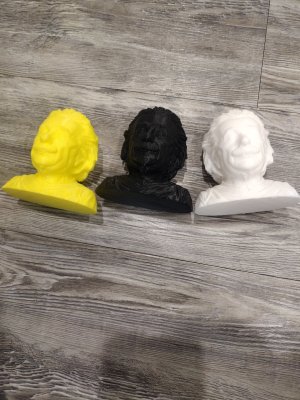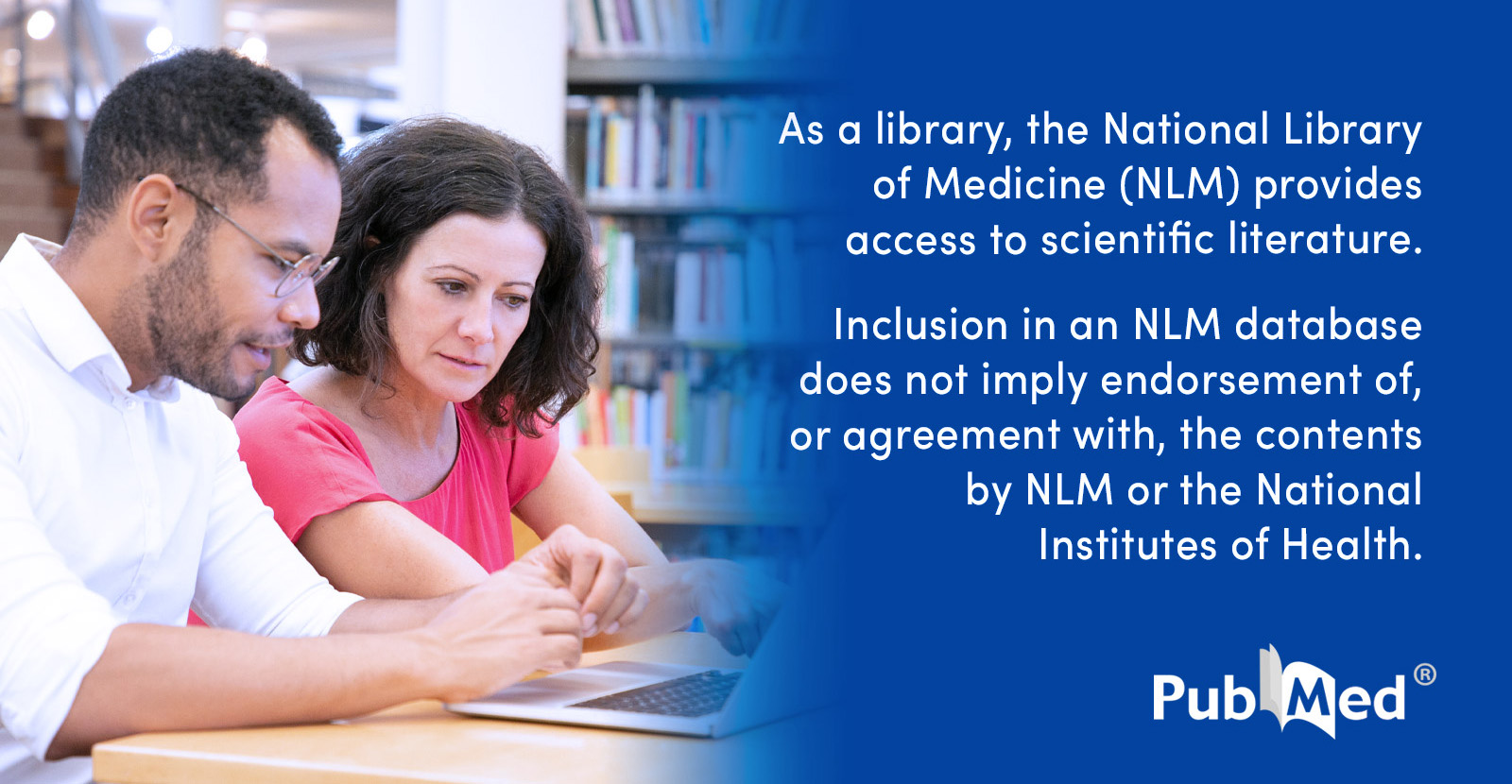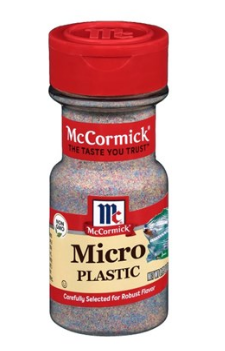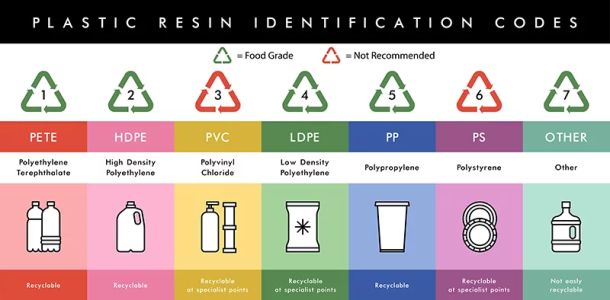Kaido
Elite Member & Kitchen Overlord
- Feb 14, 2004
- 51,515
- 7,225
- 136
He may still ingest some microplastics. Yeah, we're all doing that now, but you could maybe not actively introduce yet another source to a young child?
I struggle with the "whataboutism" of plastics. Our clothes are plastic:

The hidden plastics in our clothes – and how to avoid them
Most people know that polyester trousers are made of plastic. But, from labels to threads and zippers, it is lurking in many less obvious places too. Here’s how to minimise the amount in your wardrobe – and the harm it causes
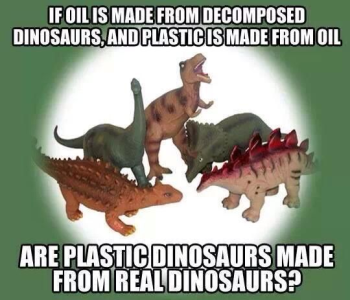
I'm chatting on my plastic phone. At my computer typing on my plastic keyboard & mouse wearing my plastic glasses. All of my food comes plastc-wrapped...frozen tots, chilled chicken, dry snack bags. My car is covered in plastic. My online deliveries come in waterproof plastic bags or boxes filled with bubble warp or inflated plastic bags of air. I wear a plastic CPAP mask all night. Most of my cooking utensils are plastic. Ziploc & Rubbermaid are getting sued over their plastic claims:

Ziploc, Rubbermaid Sued for Microplastics Exposure. Are Plastic Food Containers Safe to Use?
Plastic storage products can leach microplastics into foods when frozen or microwaved. Here's how to limit your exposure.
Oddly enough, they found that glass bottles have MORE microplastics in them than plastic bottles:
Drinks in glass bottles have more microplastics than plastic bottles
A team of investigators at France's state food agency has discovered that some glass bottles have more microplastics in them than other containers, including those made of plastic. The "surprising finding" came about in tests carried out by the Anses Laboratory for Food Safety, whose researchers...
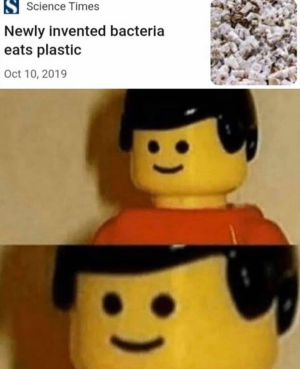
Nearly all aluminum cans are lined with plastic: (soda, soups, meats, etc.)

Hidden Plastics in Your Aluminum Cans - Non-Toxic Dad
Let’s look closer at the hidden plastic problem in aluminum cans, milk cartons, and other packaging—and explore safer alternatives you can turn to.
nontoxicdad.com
Fish have been swallowing microplastics since the 1950's:
Fish have been swallowing microplastics since the 1950s - Field Museum
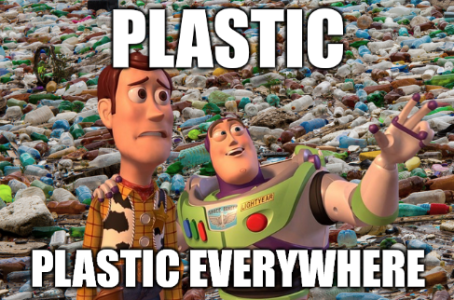
Even salt & veggies aren't safe:
Even vegetarians can’t escape, according to a 2021 study. If the plastic is small enough, fruits and vegetables can absorb microplastics through their root systems and transfer those chemical bits to the plant’s stems, leaves, seeds and fruit.
Salt can be packed with plastic. A 2023 study found coarse Himalayan pink salt mined from the ground had the most microplastics, followed by black salt and marine salt. Sugar is also “an important route of human exposure to these micropollutants,” according to a 2022 study.
Rice:
Rice is also a culprit. A University of Queensland study found that for every 100 grams (1/2 cup) of rice people eat, they consume three to four milligrams of plastic — the number jumps to 13 milligrams per serving for instant rice. (You can reduce plastic contamination by up to 40% by washing rice, researchers said.
Meat:
All types of proteins contained microplastics
Breaded shrimp contained the most tiny plastics by far, at well over an average of 300 microplastic pieces per serving. Plant-based nuggets came in second, at under 100 pieces per serving, followed by chicken nuggets, pollock fish sticks, minimally processed White Gulf shrimp, fresh caught Key West pink shrimp and a plant-based fish-like stick.
Fruits & vegetables:
Apples and carrots were the most contaminated fruit and vegetable, respectively, with over 100,000 microplastics per gram. The smallest particles were found in carrots, while the largest pieces of plastic were found in lettuce, which was also the least contaminated vegetable.
We're all gonna look like Max Headroom soon:





